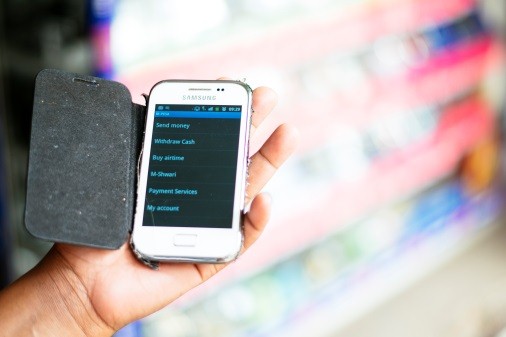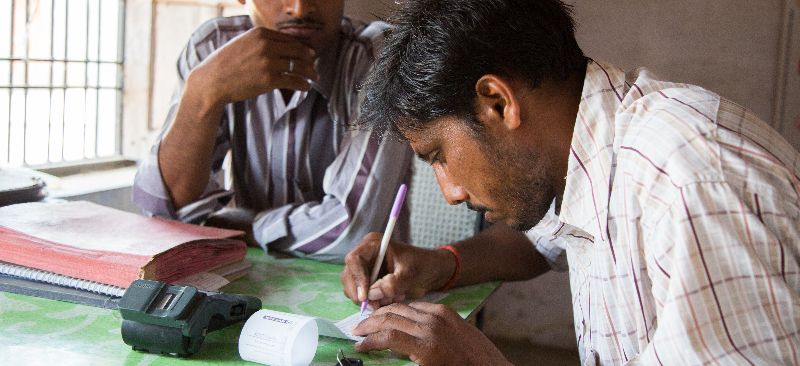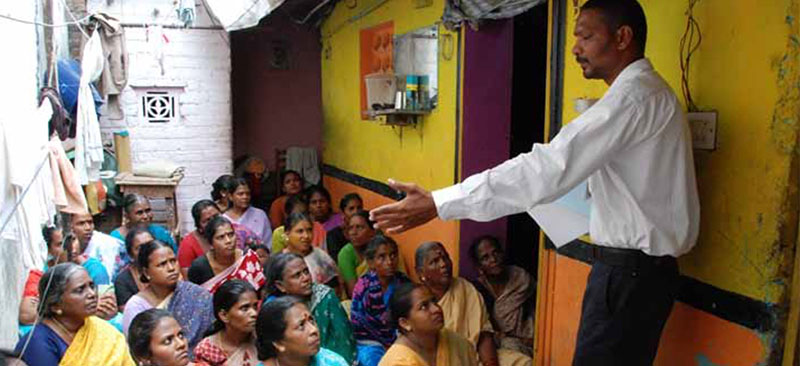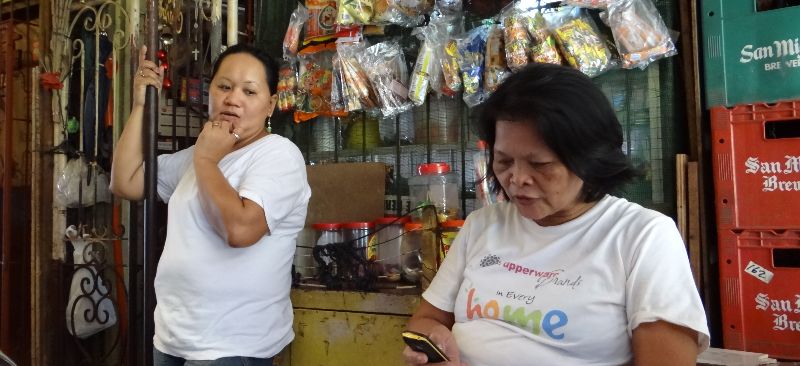In 2012 Ignacio Mas worked with MSC to look at the state of digital financial services in India, the type of products that poor people want, and the role of microfinance institutions/SHGs in digital financial services systems. Ignacio also ran a training for all MSC staff, and we then asked him to record some of his thoughts on digital financial services systems and not just in India but also worldwide. In this video he answers the following questions:
What are the opportunities offered by digital financial services systems in India – for poor people and for the government?
How do we respond to the challenge of scale in India?
How do we create real value for poor customers in India?




